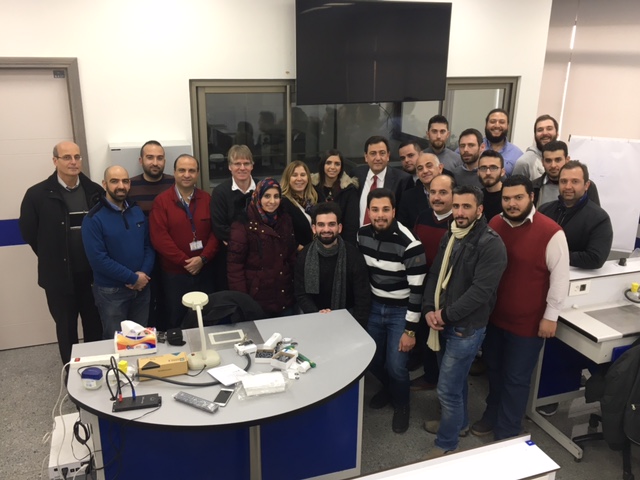“Keep your heels, head and standards high†once said Coco Chanel.
But wearing your heels very high and for a long period of time can actually do a lot of damage to your body.
While most of women wear them seeking a taller shape, more toned looking legs and an overall more noticeable appearance, the downfall might push you to reconsider those extra inches in your shoes.
Let’s get things straight, from the spine down to the toes:
As soon as you step in your high heeled shoes, you are misplacing center of gravity in your body, therefore putting your spine at risk of an injury.
It forces your toes to bend which can cause a deviation or a bone bump and lead you to a surgical intervention if necessary.
Your toe nails can also grow under skin, especially when the shoes are tight and lead to discomfort and pain, if not worse, inflammation.
The ankle tendons are also a victim of high heels, enduring stress and damage due to improper walking. Any other shoe can become a hassle to wear.
What about the knees? The lack of balance in our body forces them to bend further and suffer in some sever cases, from osteoarthritis, where the cartilage becomes nearly absent between the bones.
All of those symptoms become concrete once you wear your heels for more than two hours, on a regular basis. Not to mention how it increases the risk of ankle sprain due to imbalance and causes tightness of calf muscles. Therefore, before you pick your next pair of shoes, here is what you should consider:
1. Listen to your body when it tells you it’s uncomfortable or in pain
2. Go from flat shoes to high heels progressively to get your feet used to it
3. Avoid tight shoes or narrow / pointy shapes
4. Forget heels during pregnancy to avoid deviation
5. Make sure to practice daily foot exercises after a day of wearing heels
6. Soak your feet in warm water for 5-10 minutes daily to help the blood circulation
7. When laid down, lift your legs higher than your knees for 10 minutes
8. Do some exercise for your toes so your joints stay flexible
9. Choose quality shoes: leather with large heels and under 5 cm, flexible and ideally closed for a good maintain of the ankle.
Have a healthy walk!









